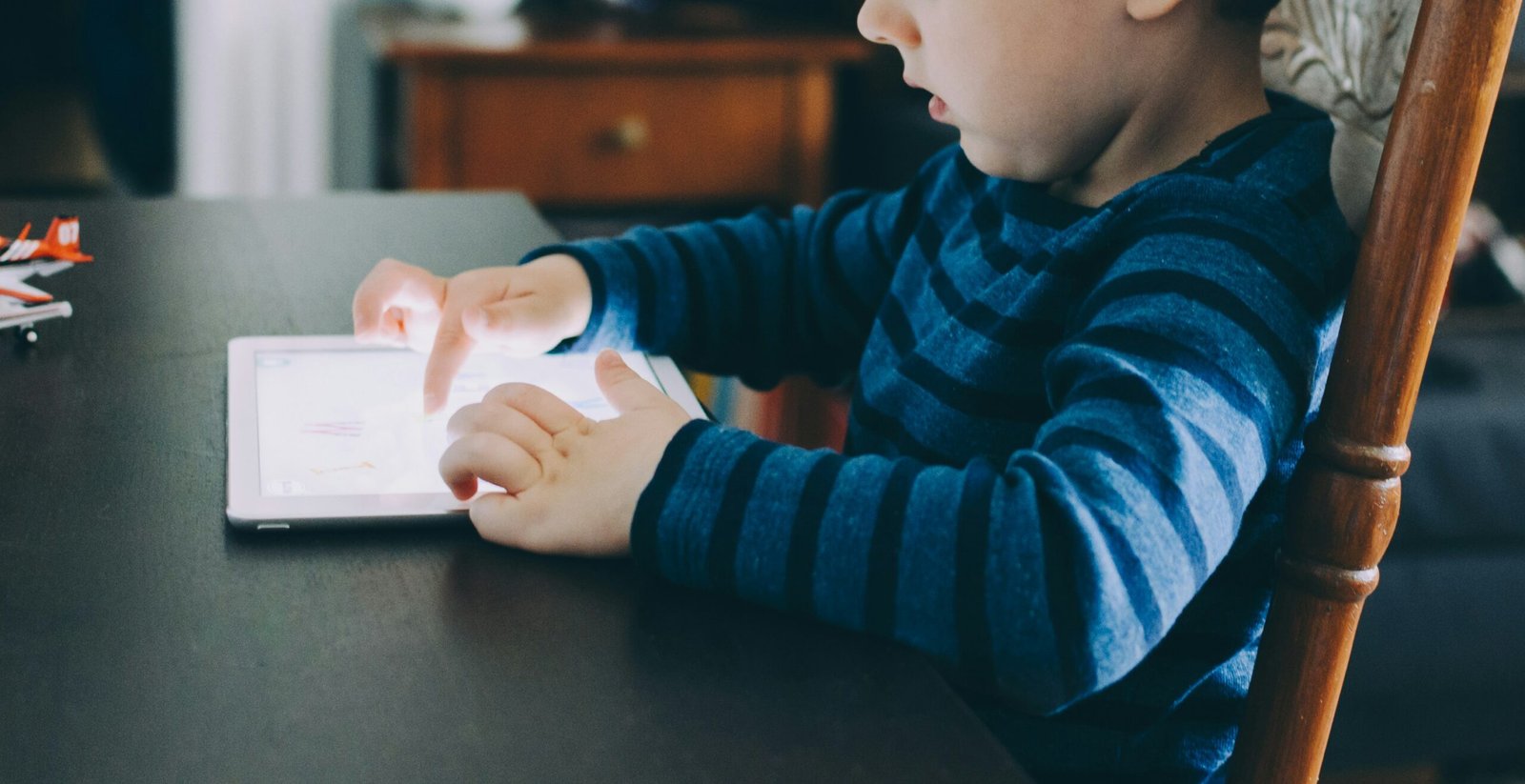The Impact of Screen Time on Students
Screen time has become a significant part of students’ lives in today’s digital age. With the widespread use of smartphones, tablets, and computers, students are spending more time than ever in front of screens. While technology has its benefits, excessive screen time can have negative effects on students’ physical and mental well-being.
Physical Health Concerns
One of the main concerns of excessive screen time is its impact on students’ physical health. Sitting for long periods in front of screens can lead to a sedentary lifestyle, which increases the risk of obesity and related health issues. Additionally, prolonged screen use can strain the eyes and cause vision problems. Encouraging students to engage in physical activities and take regular breaks from screens can help mitigate these risks.
Impact on Mental Well-being
Excessive screen time has also been linked to various mental health issues among students. Research suggests that spending too much time on social media platforms can contribute to feelings of loneliness, depression, and anxiety. Moreover, constant exposure to screens can disrupt sleep patterns, leading to fatigue and difficulty concentrating in school. Encouraging students to limit their screen time and engage in offline activities can promote better mental well-being.
Striking a Balance
While it is important to be mindful of the negative effects of excessive screen time, technology also offers numerous educational opportunities for students. It is crucial to strike a balance between screen use and other activities. Encouraging students to use screens for educational purposes, such as research or online learning, while also promoting physical activity, face-to-face interactions, and hobbies, can help create a healthy screen-time routine.
In conclusion, excessive screen time can have detrimental effects on students’ physical and mental well-being. By promoting a balanced approach to screen use and encouraging a variety of offline activities, educators and parents can help students maintain a healthy relationship with technology.

